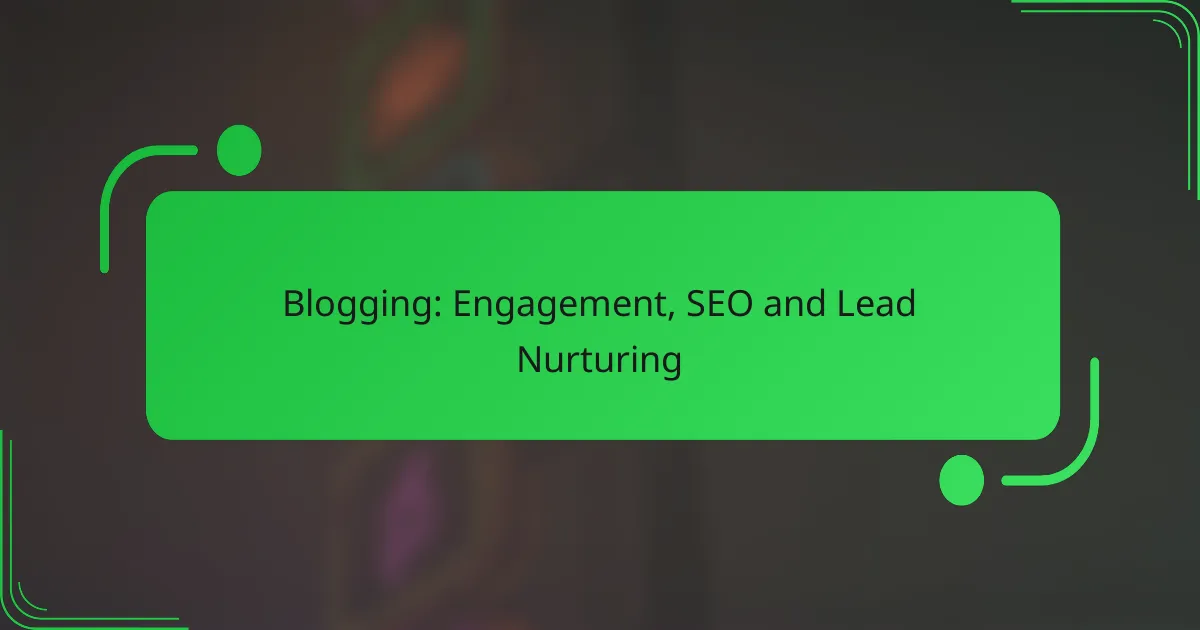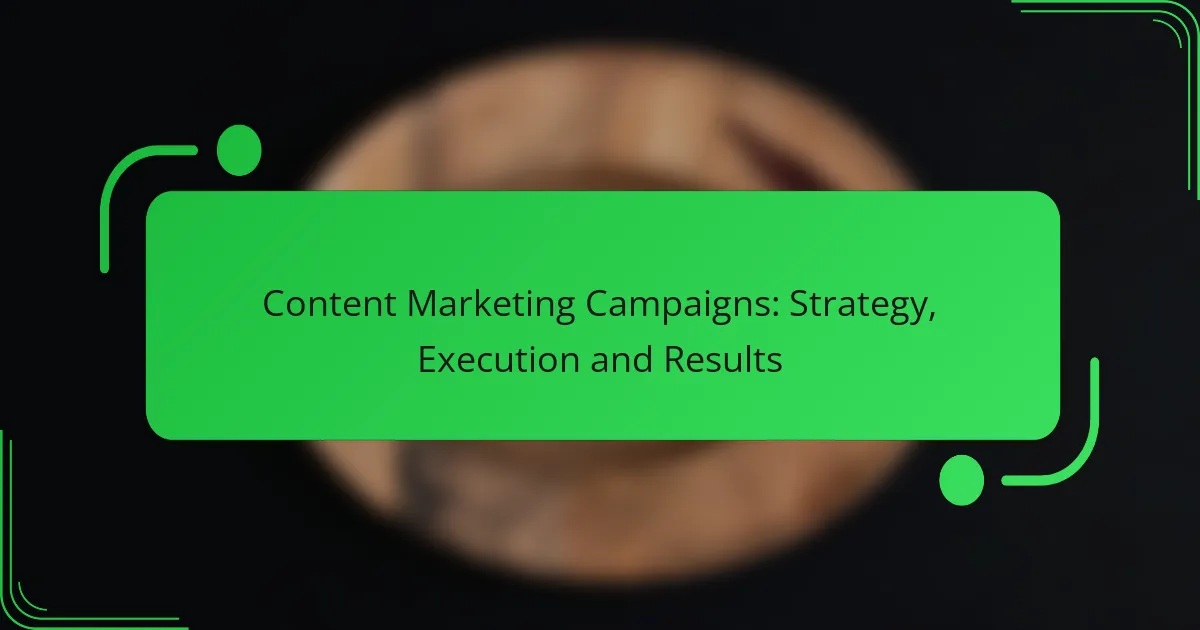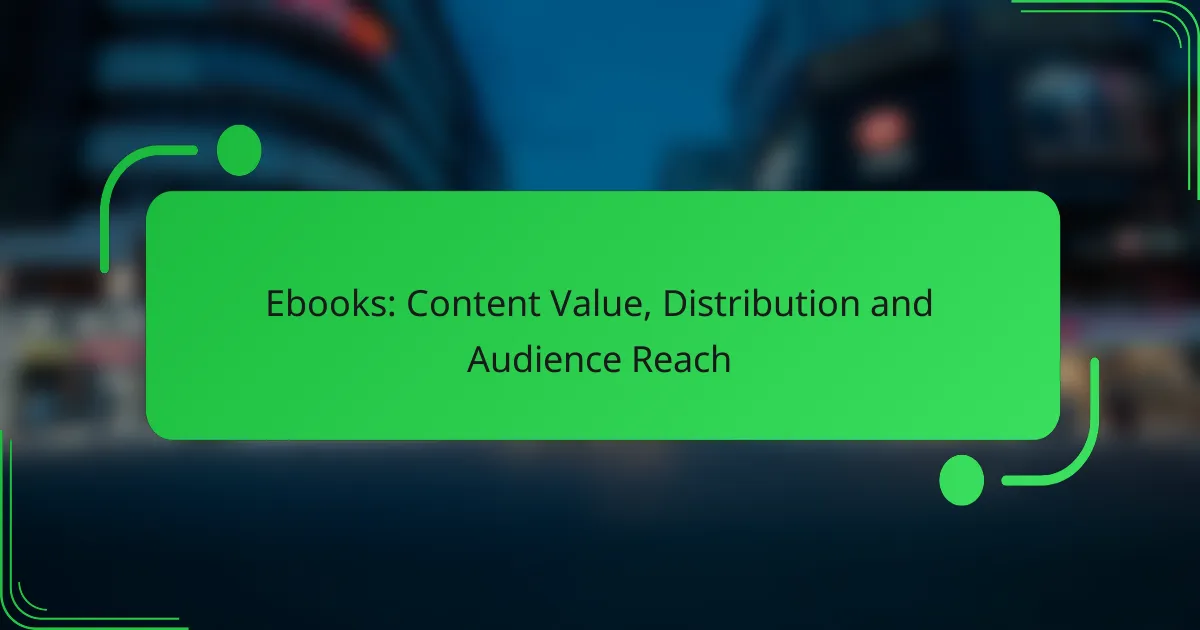Lead magnets are powerful tools designed to attract potential customers by offering valuable content or experiences in exchange for their contact information. To create effective lead magnets, it is essential to understand your target audience’s needs and preferences, ensuring that the content resonates and encourages engagement. By focusing on clear value propositions and tailored offerings, businesses can effectively grow their customer base and foster meaningful connections.

How to design effective lead magnets?
To design effective lead magnets, focus on creating content that attracts your target audience while clearly demonstrating value. A well-crafted lead magnet should engage potential customers and encourage them to share their contact information.
Visual appeal and branding
Visual appeal plays a crucial role in attracting attention to your lead magnet. Use high-quality images, consistent color schemes, and professional layouts that align with your brand identity. This not only enhances attractiveness but also builds trust with your audience.
Incorporate your logo and brand colors to ensure that the lead magnet reflects your business. Consistency in design helps reinforce brand recognition, making it easier for users to associate the content with your company.
Clear value proposition
A clear value proposition is essential for convincing users to engage with your lead magnet. Clearly articulate what users will gain from it, whether it’s a free eBook, a checklist, or a webinar. Highlight benefits such as saving time, learning new skills, or solving specific problems.
Use concise language and bullet points to outline the key advantages. This helps users quickly understand the value, increasing the likelihood of them opting in.
Format selection
Selecting the right format for your lead magnet is vital for its effectiveness. Common formats include eBooks, whitepapers, templates, and quizzes. Choose a format that resonates with your audience’s preferences and aligns with the type of information you are offering.
Consider the complexity of the content; for example, a detailed guide may be better suited to a PDF format, while a quick checklist could work well as a downloadable image. Test different formats to see which yields the best engagement rates.
Content relevance
Ensure that the content of your lead magnet is relevant to your target audience’s interests and needs. Conduct research to understand their pain points and preferences, and tailor your content accordingly. This relevance increases the chances of conversion.
For instance, if your audience is primarily small business owners, create lead magnets that address common challenges they face, such as marketing strategies or financial management tips. This targeted approach fosters a stronger connection with potential leads.
User experience optimization
Optimizing user experience is crucial for the success of your lead magnet. Make the sign-up process simple and straightforward, minimizing the number of fields required to access the content. A complicated process can deter potential leads.
Additionally, ensure that your lead magnet is mobile-friendly, as many users access content on their smartphones. Test the download process and the readability of the content on various devices to provide a seamless experience.

What are the best lead magnet examples?
Effective lead magnets attract potential customers by offering valuable content or experiences in exchange for their contact information. The best examples include e-books, webinars, checklists, free trials, and quizzes, each serving unique purposes and appealing to different audience needs.
E-books
E-books are comprehensive guides that provide in-depth information on a specific topic relevant to your audience. They can range from 10 to 100 pages, depending on the complexity of the subject matter. To create an effective e-book, focus on high-quality content that addresses common pain points or interests of your target market.
Consider using visually appealing layouts and including actionable tips or case studies. Promoting your e-book through social media or email campaigns can significantly increase downloads and lead generation.
Webinars
Webinars are live or recorded online seminars that allow you to engage directly with your audience. They typically last from 30 minutes to an hour and can cover various topics, including product demonstrations or industry insights. Webinars not only provide valuable information but also create a sense of community among participants.
To maximize attendance, promote your webinar through multiple channels and consider offering a Q&A session to encourage interaction. Follow up with attendees afterward to nurture leads and convert them into customers.
Checklists
Checklists are simple, actionable tools that help users complete tasks or achieve goals. They are often one or two pages long and can cover anything from planning an event to managing a project. Checklists are appealing because they provide quick, digestible information that users can easily implement.
When creating a checklist, ensure it is visually organized and easy to follow. Use bullet points or numbered lists to enhance clarity. Promote your checklist on your website and social media to attract leads looking for practical solutions.
Free trials
Free trials allow potential customers to experience your product or service without any financial commitment. They typically last from a few days to a month and can significantly increase conversion rates by allowing users to see the value firsthand. Offering a free trial can be particularly effective for software and subscription-based services.
To make the most of free trials, ensure users have a seamless onboarding experience. Provide support and resources during the trial period to help them understand the product’s benefits, increasing the likelihood of conversion to a paid plan.
Quizzes
Quizzes engage users by providing personalized results based on their answers, making them a fun and interactive lead magnet. They can be used to assess knowledge, preferences, or needs, and typically take just a few minutes to complete. Quizzes can also help segment your audience for more targeted marketing efforts.
To create an effective quiz, focus on relevant and engaging questions that align with your business objectives. Promote your quiz on social media and your website, and offer results via email to capture leads while providing value.
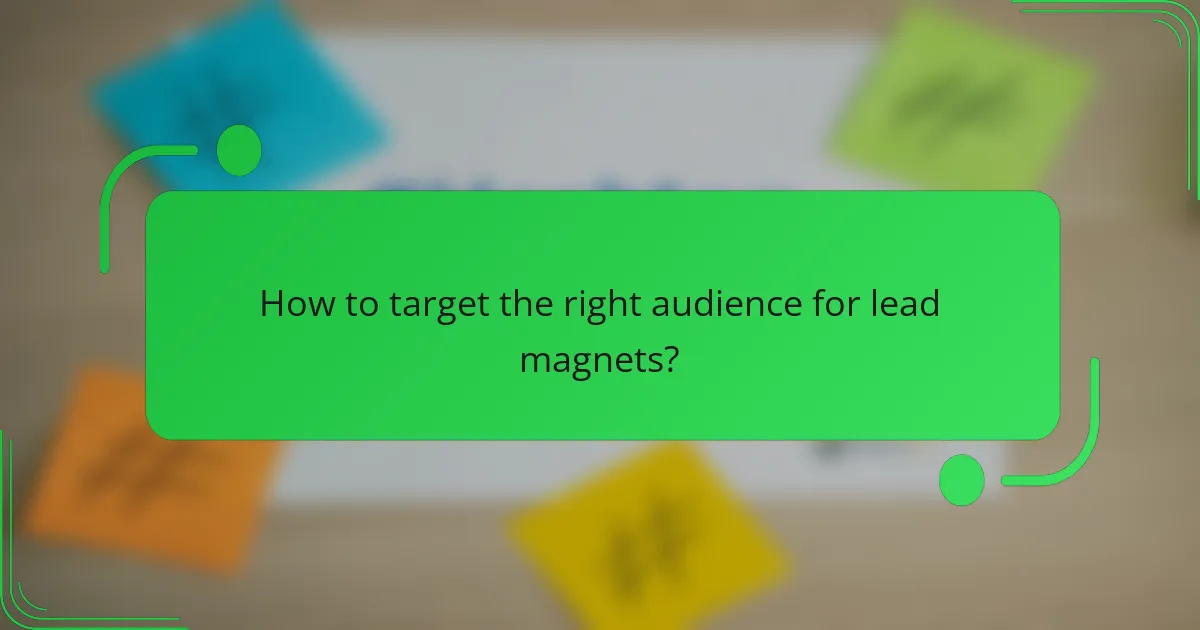
How to target the right audience for lead magnets?
Targeting the right audience for lead magnets involves understanding who your potential customers are and what they need. By identifying specific characteristics and preferences, you can create compelling offers that resonate with them and drive engagement.
Audience segmentation
Audience segmentation is the process of dividing your broader audience into smaller, more defined groups based on shared characteristics. This can include demographics, interests, and purchasing behavior. By segmenting your audience, you can tailor your lead magnets to meet the specific needs of each group.
Consider using criteria such as age, gender, income level, and interests to create segments. For example, a fitness brand might segment its audience into groups like beginners, intermediate, and advanced fitness enthusiasts, allowing for targeted lead magnets like workout plans or nutrition guides.
Buyer persona development
Buyer persona development involves creating detailed profiles of your ideal customers based on research and data. These personas should include information about their goals, challenges, and preferences. Developing buyer personas helps you understand what type of lead magnets will attract and engage your target audience.
To create effective buyer personas, gather data through surveys, interviews, and analytics. For instance, a software company might develop personas for IT managers and small business owners, each requiring different lead magnets like whitepapers or free trials tailored to their specific needs.
Behavioral targeting
Behavioral targeting focuses on the actions and behaviors of your audience, such as their browsing habits and engagement with previous content. By analyzing this data, you can create lead magnets that appeal to users based on their past interactions with your brand.
For example, if a user frequently visits your blog about digital marketing, offering a lead magnet like an eBook on advanced strategies can be highly effective. Tools like Google Analytics can help track user behavior and inform your targeting strategy.
Geographic targeting
Geographic targeting involves tailoring your lead magnets based on the location of your audience. This can be particularly important for businesses that operate in specific regions or countries, as local preferences and regulations can significantly influence what resonates with potential customers.
For instance, a restaurant chain may create lead magnets that highlight local menu items or promotions specific to each location. Understanding regional trends and cultural preferences can enhance the effectiveness of your lead magnets and improve conversion rates.
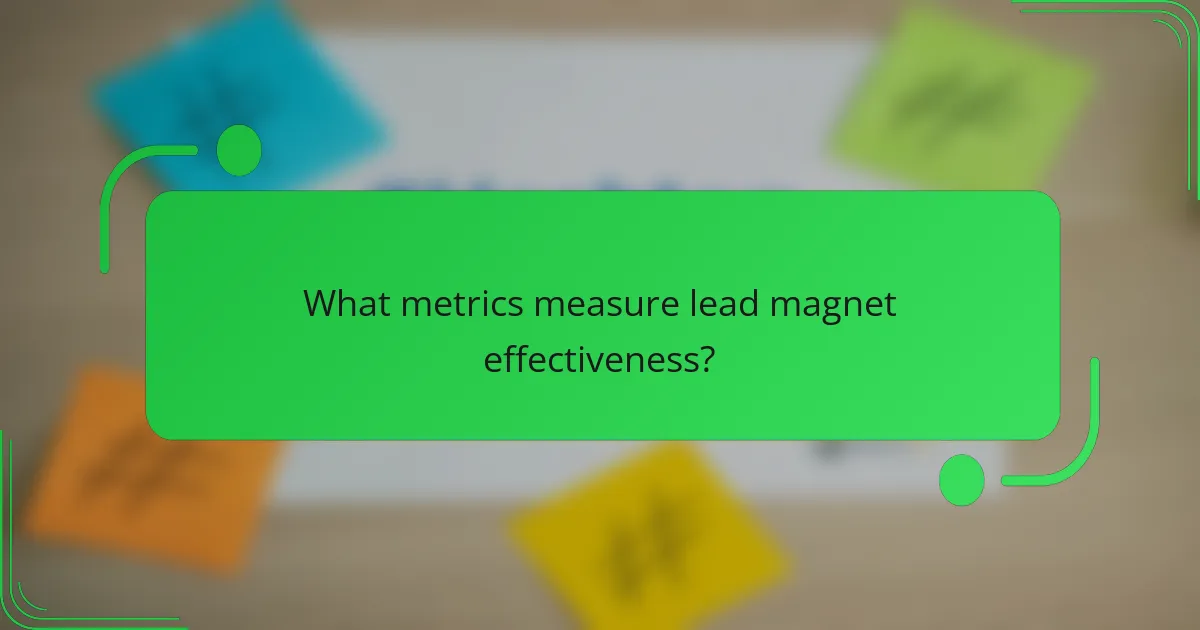
What metrics measure lead magnet effectiveness?
Lead magnet effectiveness can be evaluated using several key metrics that indicate how well they attract and convert potential customers. The most important metrics include conversion rates, engagement metrics, and lead quality assessment, each providing insights into different aspects of performance.
Conversion rates
Conversion rates measure the percentage of visitors who take a desired action, such as signing up for a newsletter or downloading a resource. A strong conversion rate typically ranges from 20% to 30% for effective lead magnets, but this can vary based on the industry and audience.
To improve conversion rates, ensure that your lead magnet is highly relevant to your target audience and clearly communicates its value. A/B testing different headlines, formats, and calls to action can help identify the most effective elements.
Engagement metrics
Engagement metrics assess how users interact with your lead magnet, including time spent on the page, click-through rates, and social shares. High engagement indicates that the content resonates with the audience, which can lead to increased conversions.
Consider tracking metrics such as average time on page and bounce rates to gauge interest. Tools like Google Analytics can help you monitor these metrics effectively. Aim for a low bounce rate (ideally under 40%) to ensure visitors are engaged with your content.
Lead quality assessment
Lead quality assessment involves evaluating the characteristics of the leads generated by your magnet to determine their potential value. High-quality leads are typically more likely to convert into paying customers, making this metric crucial for long-term success.
To assess lead quality, consider factors such as demographic information, engagement levels, and how closely leads match your ideal customer profile. Implementing lead scoring systems can help prioritize leads based on their likelihood to convert, allowing for more targeted follow-up strategies.
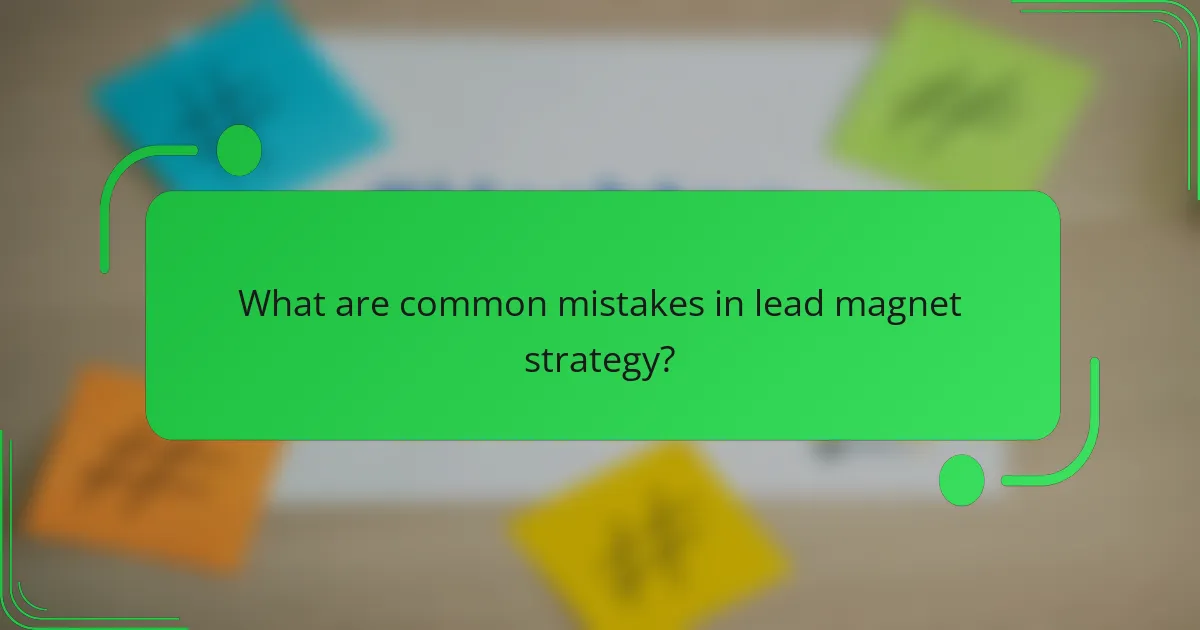
What are common mistakes in lead magnet strategy?
Common mistakes in lead magnet strategy include unclear value propositions, poor targeting, and failure to align with customer needs. These pitfalls can lead to low engagement and ineffective lead generation efforts.
Lack of clarity in value
A lead magnet must clearly communicate its value to attract potential customers. If the benefits are ambiguous, users are less likely to engage or provide their information. Clearly outline what the lead magnet offers and how it addresses specific pain points.
Consider using straightforward language and strong visuals to convey the value. For example, if your lead magnet is a free eBook, highlight the key insights or skills readers will gain. This clarity helps potential leads understand the immediate benefits of opting in.
To avoid confusion, test different messaging approaches to see which resonates best with your audience. A/B testing can reveal what phrases or formats effectively communicate value, ensuring your lead magnet is compelling and relevant.

